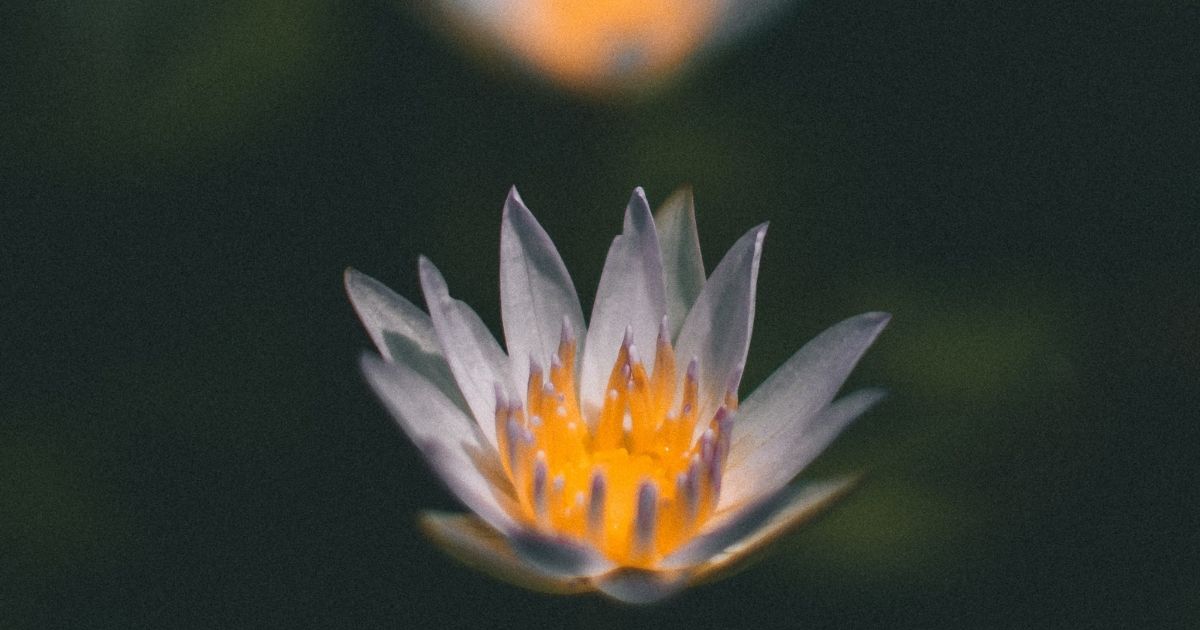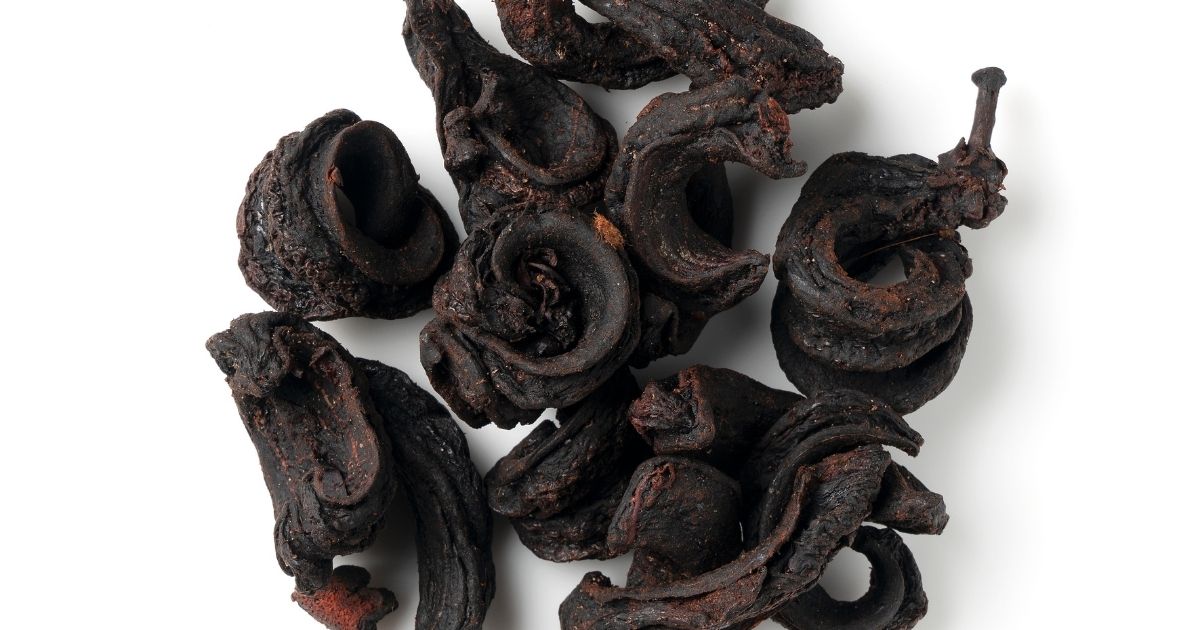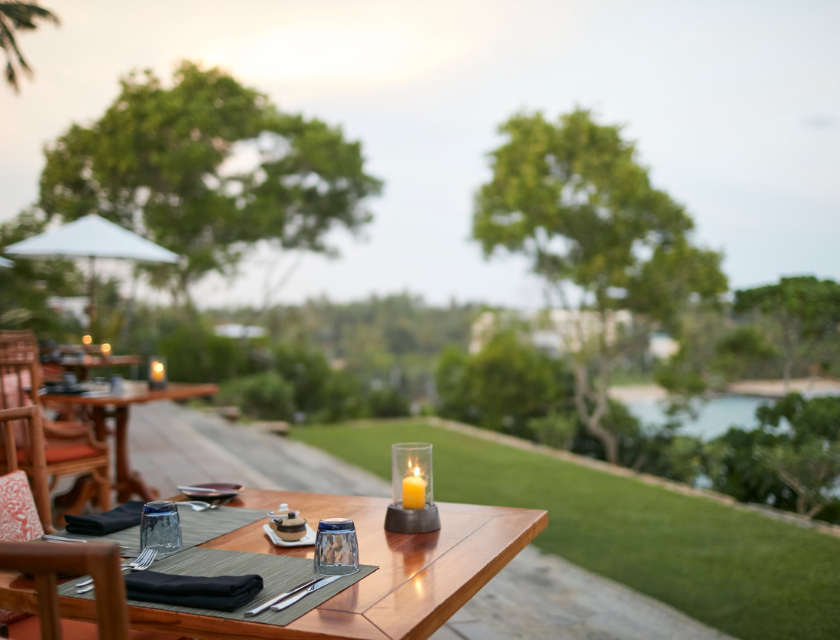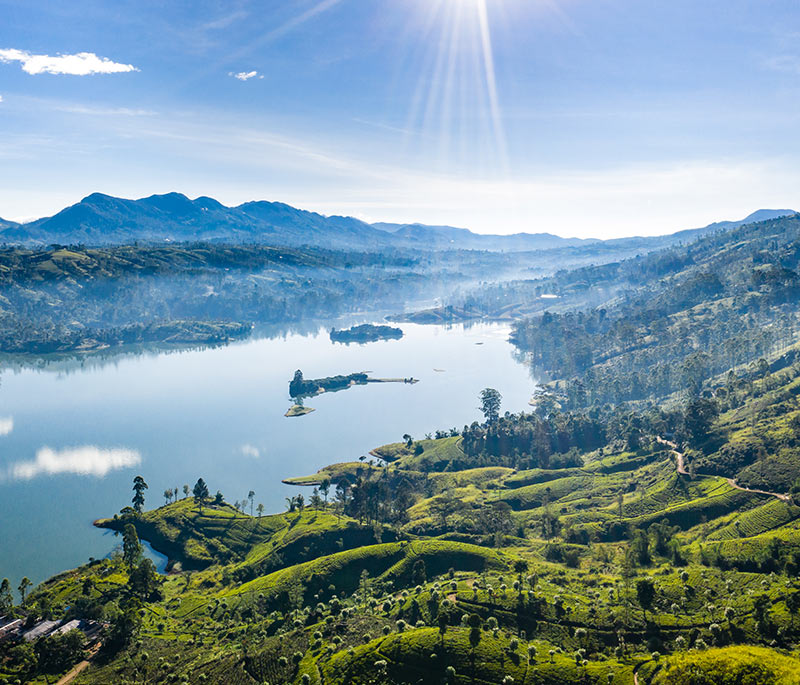#FoodforChange
Relais & Châteaux and Slow Food, the global movement working to ensure that everyone has access to good, clean and fair food, came together once again to celebrate “Food for Change” in October.
Nearly 200 Relais & Châteaux chefs in over 50 countries supported the campaign through the theme of “One Chef, One Ingredient.”
Resplendent Ceylon joined Relais & Châteaux hotels and restaurants all over the world to fight climate change and protect biodiversity where it relates to food. This year, we chose to raise awareness of the lotus root and gambooge, to ensure the preservation of our island’s culinary heritage. Both these ingredients are at the risk of disappearing due to climate change and less interest from buyers.
It is in our best interest to highlight its multiple uses and nutritious benefits in order to also support small local producers and farmers, as well as encourage the idea of eating locally and seasonally.
The rude awakening caused by the disruption to the global supply chain and restrictive local import regulations have in turn encouraged us, or rather coaxed us, into exploring indigenous ingredients such as the lotus root and gambooge. This has been a delightful experience in the process of rediscovering lost Sri Lankan heirloom crops and a culinary journey that brings back treasures from the past.
There have been several complexities and roadblocks but over time we have learned to circumnavigate them and emerge more creative, stronger and more in tune with a bountiful basket of local produce that form the heart of our culinary offering at Resplendent Ceylon.

A Symbol of Purity – the Lotus and its Root
The lotus (water lily) root is native to southern and eastern parts of Asia, and is the national flower of Sri Lanka. It’s a day-blooming plant with submerged roots and stems.
It is used as an ornamental plant because of its spectacular flowers, and is most commonly used at traditional and cultural festivals across our island. Some also consider it a medicinal plant in Ayurveda as it has mainly been used to treat indigestion.
In Sri Lanka, it was formerly eaten as a type of medicine and its price was too high to serve as a normal meal, but in the 1940s some villagers began to cultivate the water lilies in the paddy fields left uncultivated during the monsoon season (Yala season), and the price dropped. Today, it is eaten boiled and in curries.
Ancient Sanskrit, Pali, and Sinhala literary works since ancient times describe it as a symbol of virtue, discipline, and purity. Buddhist lore in Sri Lanka claims this flower was one of the 108 auspicious signs found on Prince Siddhartha’s footprint. It is said that when the Lord Buddha passed, lotus flowers blossomed everywhere he had walked in his lifetime.
Lotus picking is done by extremely poor villagers who go to the middle of the lake in their wooden river boats early in the morning. No excess cultivation takes place other than what is available in the lakes around Sri Lanka which are grown organically. Hence it is at a risk of disappearing. Only a limited number of civilians continue to use the plant as a vegetable while most others pick the flowers for religious offerings.

For Tang and Sourness – Gambooge
Gambooge is a medium evergreen, shade-loving, relatively slow growing tree naturally found in the local tropical rainforests of Sri Lanka. The tree is small to medium sized with horizontal or drooping branches. Its bark is blackish and rough with dark-yellow latex. The leaves are dark green, relatively thick and shiny.
The fruits of this tree are too acidic to be eaten raw. They are valued for their sundried rind which is widely used in Sri Lankan cooking. The dried fruit is used as an agent to add sourness to famous fish curries like ‘ambulthiyal’ and other seafood preparations. Goraka (dried fruit of the tree) is known to destroy histamine in fish by 80%.
Goraka has been used in Sri Lanka since ancient times for culinary and medicinal purposes. The young fruits are green in colour and it will gradually turn yellow when ripe. Once fully ripe, they are collected, cut in half, deseeded and sun-dried for a day. The sun-dried fruit halves are smoked till black, and are rubbed with a mixture of salt and oil before transferring to earthenware pots and tightly sealed. These will stay fresh for years.
Various parts of gambooge are used in Ayurveda for its therapeutic and antiseptic properties. It is used to promote digestion, and a decoction made out of it is used against arthritis and some uterine diseases. It is also known to cure ulcers, weak gums and bowel complaints. The leaves, bark and the flowers are used for treating fractures. Goraka helps to boost the immune system, lower elevated levels of cholesterol and triglycerides, and protects the body against cancer.
It is included in the ‘endangered’ category of foods and plants, based on their restricted distribution, habitat destruction and over-harvesting for medicinal purposes.

Developing relationships to enhance food offerings
By working closely with farmers and suppliers, Resplendent Ceylon has developed an intimate understanding of environmentally friendly cultivation and humane farming practices.
Historically, an agricultural kingdom, Sri Lankan traditional agricultural techniques are ones that respect the ecosystems it depends on for its flourishing food systems. Working with our local fishing community in Weligama, to educate them on sustainable fishing practices and safe storage ensures that our oceans are also protected and the heritage of these communities thrive into the future.
Intense farming methods leave many of our soils depleted of nutrients beyond a point of no return. In contrast, by sourcing local products from local producers, we are not only reducing our carbon footprint along the global food chain by sourcing from shorter distances but also contributing to the economic upliftment of local producers. The past year has shown us the volatility of global food supply chains. By sourcing fresh, seasonal and native produce locally, that highlights its region and is centered around the communities that are growing it, we create a sustainable system that is able to withstand the pressures of supply chain volatility.
While we source from our local communities, Resplendent Ceylon’s commitment to the Slow Foods Movement is a personal one. As evident from the garden patches maintained by our very own kitchens, the passion for good food starts there. We have our own produce gardens which supply an increasing quantity of herbs, chillies and organic vegetables. Innovative composting methods on site which create organic liquid fertiliser is used to keep these gardens healthy and flourishing.
We look beyond what is sourced for the consumption of our guests and instead take a holistic approach to ensure the same philosophy is applied to where the highest consumption of food and drink is consumed, which is at our associate dining facilities.
Our commitment to this effort predates the campaign. Our recruitment of associates from local communities, direct purchases of our produce from local farms, fish stock from local fishermen, ensures the cycle of community evolution. A great example of this would be the children of third generation tea pluckers climbing the hierarchy of culinary ranks to senior levels at Ceylon Tea Trails. Sri Lanka’s agrarian civilisations have thrived with difficulty, yet stood the test of time with organisations such as ourselves who are committed to the usage of endangered crops and heirloom produce.
Intangible benefits far outweigh monetary profitability given our organisation’s philosophy that business is a matter of human service and that we will be responsible members of the communities we operate in. All our programmes involve the full commitment of our associates whose resplendent journey involves their growth as responsible human beings.





